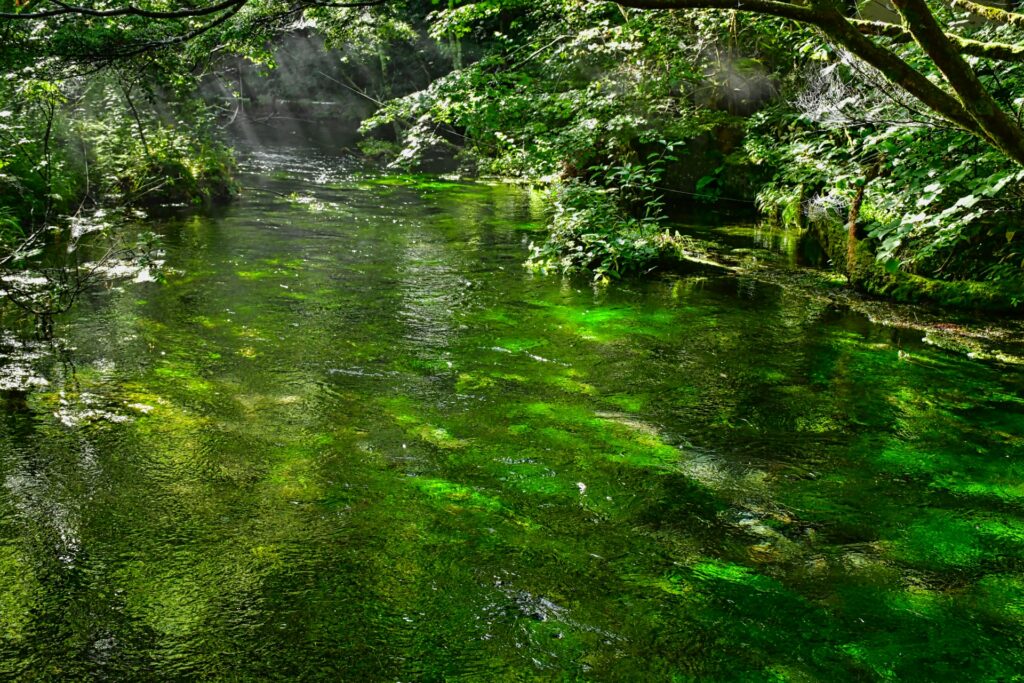Amphibious plant “Rorippa aquatica“
Rorippa aquatica (Rorippa aquatica), found in lakes, ponds, and streams in North America, is a unique plant that can grow both on land and underwater. Because of this characteristic, it is also popular as an aquarium plant. In the wild, the habitats where Rorippa aquatica grows are prone to submersion, often submerging the entire plant, but it quickly adapts and survives in this environment. The adaptation to submerged and drained environments is beginning to be uncovered.

Adaptation begins one hour after submersion, and by the fourth day, changes appear in the leaves.
The environmental adaptation of Rorippa aquatica after submersion was investigated. Rorippa aquatica, which grows on land, was submerged in water. After four days, the incisions in the young leaves had grown significantly. Rorippa aquatica had adapted to underwater conditions within four days. Therefore, gene expression in the leaves after one hour of submersion and those submerged for four days was investigated. As a result, within just one hour, the expression of 787 genes was enhanced, and the expression of 1,091 genes was reduced. This means that the expression of 1,800 genes was regulated in just one hour. By the fourth day, the functioning genes had significantly changed.
Plant Hormones and Morphological Changes to Aquatic Leaves
The aquatic leaves of Rorippa aquatica are thinner and more deeply lobed than the terrestrial leaves. This was induced by the plant hormone “ethylene,” the same gas used to ripen fruits and other produce in refrigerators. When Rorippa aquatica is submerged, air movement is restricted. As a result, ethylene is produced within the plant, changing the shape of the leaves to aquatic ones. To support this, when the ethylene precursor 1-aminocyclopropane-1-carboxylic acid (ACC) was applied to terrestrial leaves, they took on the shape of aquatic leaves even while remaining above ground. From these results, it is clear that the induction of aquatic leaves is mainly driven by ethylene.
Blue Light Promotes Return to Terrestrial Leaves
The change to aquatic leaves was triggered by the synthesis of ethylene gas. On the other hand, when aquatic leaves emerge from the water and change back to terrestrial leaves, the switch is “blue light.” When blue light increases, it inhibits the ethylene synthesis pathway, inducing the change from aquatic to terrestrial leaves. Presumably, although light decreases underwater, when sufficient light, especially blue light, reaches the leaves above water, the change to terrestrial leaves occurs.
The Potential of Amphibious Plants
The amphibious mechanism of Rorippa aquatica is controlled at the genetic level. Rorippa aquatica, with such characteristics, is more adept at growing in watery areas than other plants, which is why it has survived. Although it is a very complex amphibious system, if we can grasp even a part of it, it can be applied to other plants. In the future, as extreme weather events like squalls and floods are expected to increase, plants that can withstand water damage without reduced yields will become important. Researching the potential of plants is essential in preparing for the future.




コメント